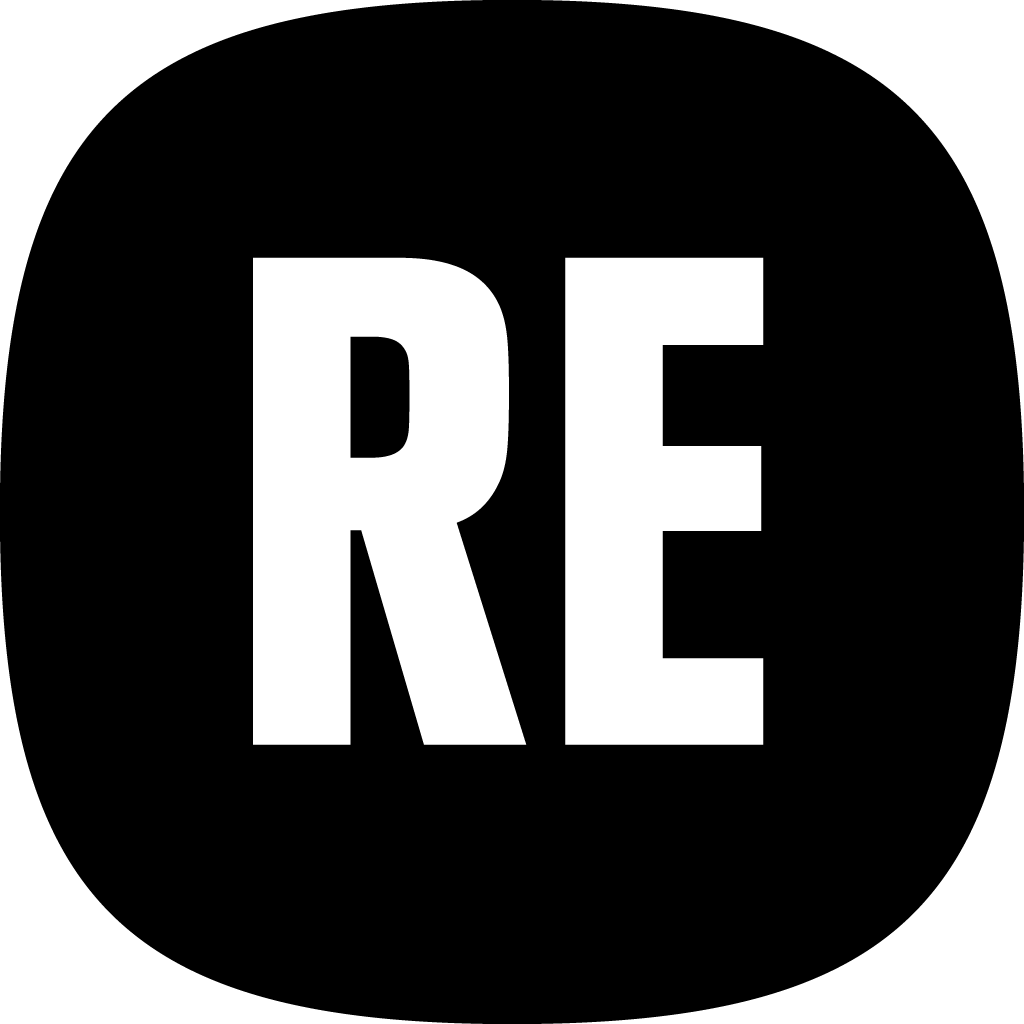Pinacoteca e Museo Civico di Palazzo Minucci Solaini
WHO
The Pinacoteca e Museo Civico di Palazzo Minucci Solaini is a civic museum located in Volterra, a small town in Tuscany, Italy. Owned by the local government, its mission is to shift from a tourist destination to a dynamic cultural hub for the local community. The museum, managed by a small staff and supported by volunteers, has a unique focus on engaging its citizens, particularly the youth population. It has a history of launching participatory initiatives to redefine its role in the community and make its rich historical collection, especially the masterpiece The Deposition by Rosso Fiorentino, more relevant to modern audiences.
WHAT
The "Pinacoteca: an Urban Cultural Laboratory" initiative aimed to transform the museum into a creative space for the community, especially young people aged 12 to 25. The project's goal was to use participatory practices to unlock local resources and skills, fostering a new cultural ecosystem. The central challenge was to make the museum a place of belonging and cultural experimentation rather than just a historical archive. The project addressed this by co-designing a series of collaborative workshops and activities around a single, iconic masterpiece, The Deposition.
These activities, titled "il ROSSO," were designed to:
Promote community engagement and a sense of belonging.
Identify and support youth-led artistic expression.
Create a permanent network of artists, stakeholders, and institutions.
Secure alternative funding to reduce reliance on public funds.
HOW
The Pinacoteca utilized a Living Lab methodology by involving a diverse group of stakeholders, including teachers, artists, musicians, and students, in co-designing and testing the project.
Here's a breakdown of how they executed their vision:
School Collaborations: The museum partnered with local middle schools, an art high school, and a technical institute. Students from these schools created various products, from a "Personal Book" that encourages a slower, more interactive visit, to "Vodcasts" (video podcasts) that share curiosities about the art.
Multisensory Workshops: The "il ROSSO" series included four main workshops: I suoni del Rosso (The Sounds of Red), Le visioni nel Rosso (Visions in Red), I colori del Rosso (The Colors of Red), and I sapori del Rosso (The Flavors of Red). These activities allowed for a reinterpretation of the artwork through music, visual arts, and even a fundraising dinner inspired by the painting’s colors.
Innovative Use of Space: The project experimented with transforming museum spaces. Underutilized areas, such as the cellars, were used for an exhibition of the students' work.
The project faced challenges with bureaucratic delays from the municipal administration and a short timeline for a volunteer-led initiative. However, the Living Lab methodology helped establish a new, collaborative relationship between the schools and the museum, securing alternative funding, and generating significant community interest. The long-term plan is to make the museum a permanent urban laboratory, with dedicated spaces and financial autonomy.

Share